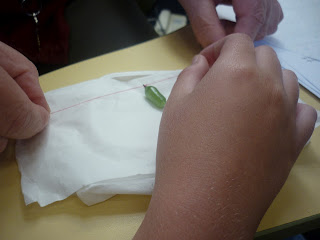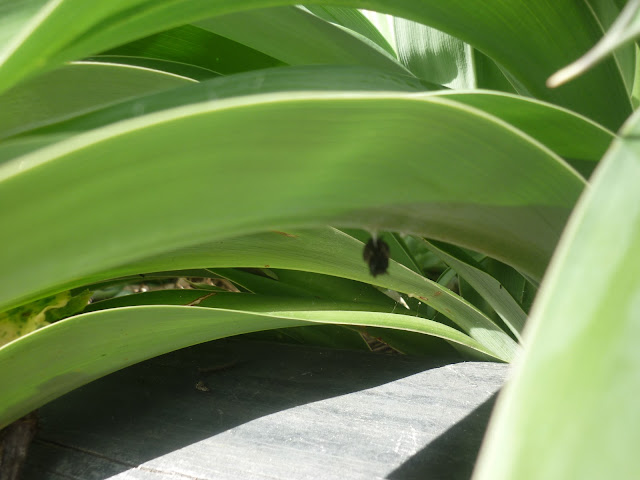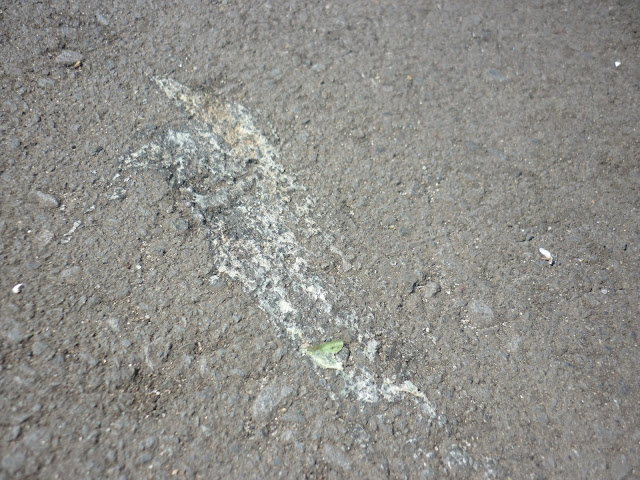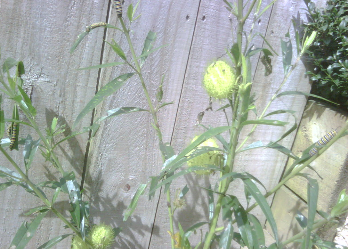Here's a caterpillar life cycle game to play.
A review of this week's garden activities.
Caterpillars are black, yellow and white. They live in swan plants. They turn into chrysalises and then turn into a butterfly. They can die easily of a disease. Their feet are sticky to hang upside down. Caterpillars are very slow. They hang upside down on a leaf and curl into a j and then it sheds its skin and then it turns into a chrysalis. Butterflies are orange, black and white. Butterflies are able to fly, not like a caterpillars.
Bridget and Chloe
The Monach butterfly lays eggs first, then the eggs hatch into caterpillars.
Next, it hangs from a leaf and then it turns into a chrysalis. After the monach butterfly emerges, a while later, it is ready to fly away. The caterpillars have pro legs the pro legs are not their real legs. They help them do things and walk . When the butterfly hatches it has a liquid which goes into its wings to help them fly and spread them.
A review of this week's garden activities.
This week we have had a significant amount of chrysalises falling to
the ground. Mrs Vincent and a few other students have found them. We
suspect this could be from handling or from a disease. We do not exactly
know why they are falling off – this needs some more research. There
are at-least 11 chrysalises hanging from thread and pegs in 3 separate
containers. It is a very delicate process and it is not made for those
with shaky hands. Today in the garden, people were trudging through our
garden looking for lost cricket or rugby balls. As a result result of
this, two more chrysalises fell. Mrs Vincent was not happy about this.
We are still waiting on all of the chrysalises to hatch. We think
some might not make it as they have been dented. Our first chrysalis
rescue was on the 26th of March and the most recent was today at
lunchtime. Shayla likes to call her self ‘Nurse Shayla’ as she has
rescued many of our chrysalis patients. She is very careful not to
stress the chrysalis.
We have been keeping our eye on the South African ootheca (egg
deposit) that Mrs Vincent found. It has a woven pattern on it. First we
identified the species of praying mantis and decided whether to freeze
it or keep it in the container. Some students have personal experiences
of an ootheca hatching.

Some of the stories Tui 1 students (Years 3 and 4) wrote with Huia 1 students (Years 7 and 8) :

Caterpillars are black, yellow and white. They live in swan plants. They turn into chrysalises and then turn into a butterfly. They can die easily of a disease. Their feet are sticky to hang upside down. Caterpillars are very slow. They hang upside down on a leaf and curl into a j and then it sheds its skin and then it turns into a chrysalis. Butterflies are orange, black and white. Butterflies are able to fly, not like a caterpillars.
Bridget and Chloe
The Monach butterfly lays eggs first, then the eggs hatch into caterpillars.
Next, it hangs from a leaf and then it turns into a chrysalis. After the monach butterfly emerges, a while later, it is ready to fly away. The caterpillars have pro legs the pro legs are not their real legs. They help them do things and walk . When the butterfly hatches it has a liquid which goes into its wings to help them fly and spread them.
by Jupman and Ethan
Once upon a time there was a caterpillar. He was looking for food - a particular type of food. In fact, he was looking for swan plants. On his way, he came across some bright colourful flowers and he said to himself, “I’d rather munch on some leaves.”
After that, he met an ant, and he asked
it, “Where are the swan plants?”
The ant replied, ”Behind the flowers.”
So the caterpillar walked behind the flowers and saw a forest of swan
plants, and he munched and munched until he turned into a chrysalis.
by Kyran and Jadev
Once upon a time there was a caterpillar and he could not wait to be a
butterfly. After two weeks had passed, he was turning in to a chrysalis. Then he thought about those times when he was a caterpillar. But then
there was a dark chrysalis two trees away from him, and he knew it was
time to transform into a butterfly.
by Cameron W and Tyree
Caterpillars are sometimes bent and there are heaps of chrysalises in
the garden. They hide under sheltered leaves. They turn upside down to
make their chrysalises. They wiggle and bounce a lot when they are making
it. There is a line of gold around the top just below the cremaster.
When they are to hatch you can see inside, and the butterfly is almost ready
to hatch. When they are a butterfly they are orange and black. The
female has thicker webbing compared to the males. If they are a female
they lay eggs to start it all over again.
By Lauren and Katy, year 4 Tui1.
 |
Danny found this image on this website where another class are learning about butterflies and caterpillars.  |
The egg in the garden hatches into a caterpillar which means it has to eat heaps so it will grow. After that he/she has to find a
branch so it can turn into a chrysalis. Next it will change into a
butterfly.
When the butterflies come out, they have to open their wings
before they can fly which means they have to pump liquid through their
wings.
The butterflies eat nectar from the flowers, but birds do not try to catch them because they taste nasty.
When the weather gets colder, they
fly away together. When they get tired they rest on a pine tree. Then the female flies off and finds a male to mate with.
Finally, she flies off and lays her
eggs on a milk weed plant.
Then the butterfly will only live for a few
more weeks. However, there are still more eggs that will hatch and go
through the same cycle.
By Renae and Jewel
















































